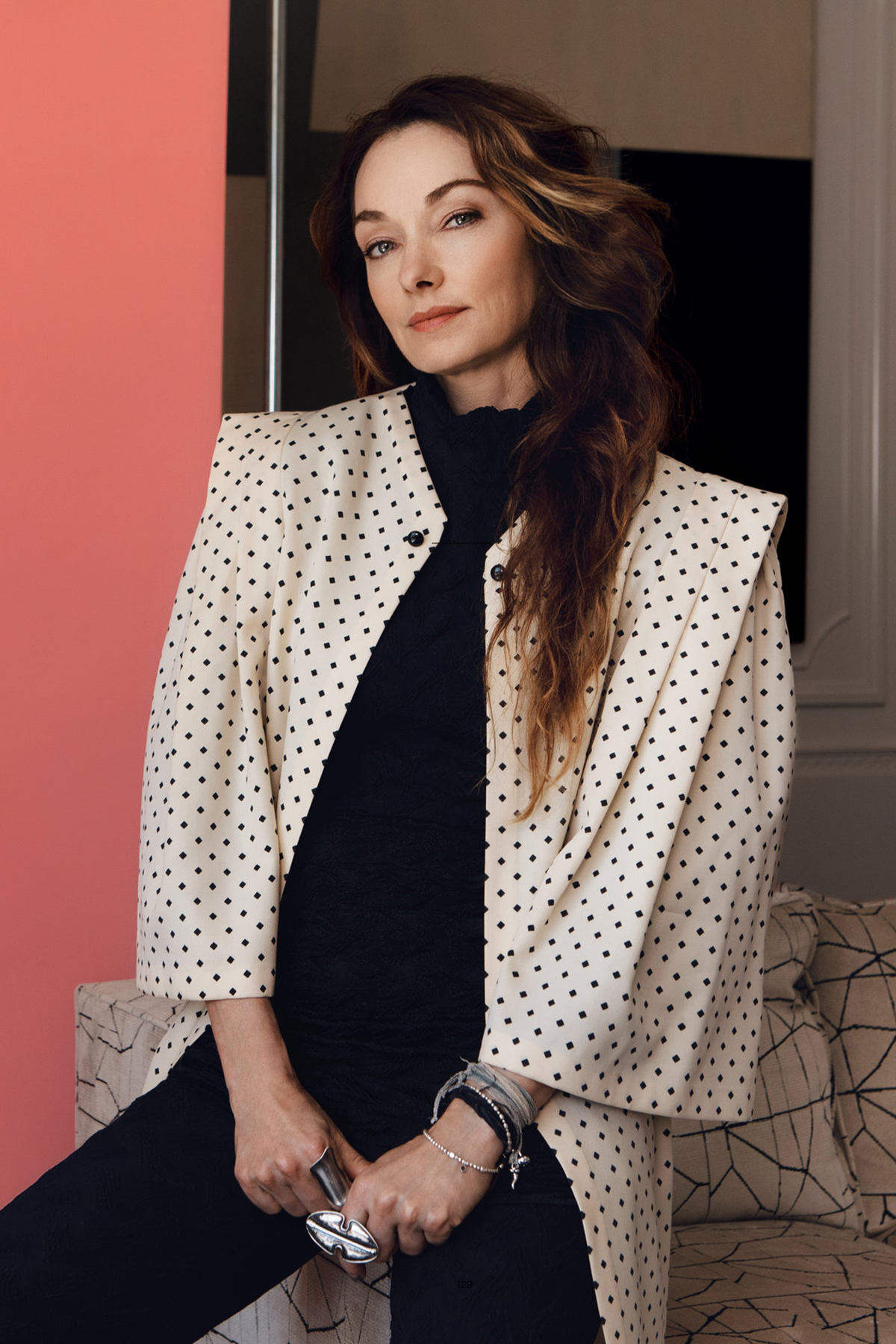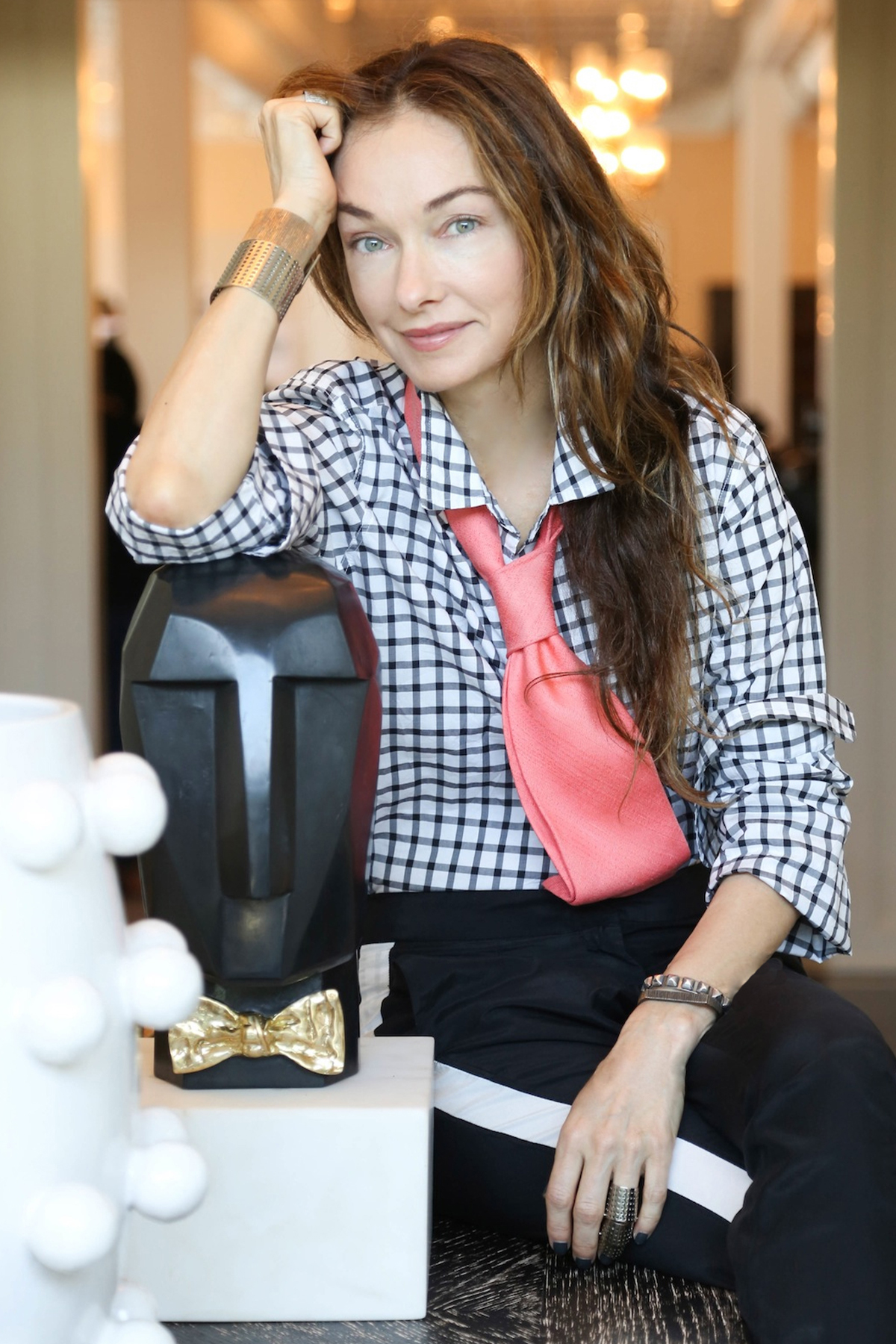YINJISPACE use media professional’s unique perspective,try to explore the essence of life behind the design works.
© 粤ICP备19077098号YINJISPACE use media professional’s unique perspective,try to explore the essence of life behind the design works.
© 粤ICP备19077098号Kelly Wearstler is an outstanding American interior designer and master of mood. He is famous for his luxurious and fascinating life philosophy. With its elegant and romantic design style, it highlights the power of color and gives people new pleasing inspiration.
In 1967, Kelly Wearstler was born and raised in Myrtle Beach, South Carolina. Her father was an engineer and her mother was an antique dealer. Her mother’s interest in design had a significant impact on Wearstler when she was very young; she often found the room with a new color when she returned home from school. Wearstler and her sister spent time with their mother in a thrift store, auction, and flea market when they were young. This helped Wearstler's early interest in fashion.
Kelly Wearstler began collecting old clothes at the age of 15, and later studied at the Massachusetts Institute of the Arts in Boston where he took architectural courses and received a bachelor's degree in interior and graphic design. After graduating, he worked as an intern at Cambridge University's design company and worked for Milton Glaser in Boston and New York.
When she was around 25, Kelly Wearstler moved to Los Angeles to work in the film industry as a set designer. In 1992, she worked as a production assistant at HouseSitter. In the following year, she served as an anonymous assistant artistic director, and then moved to the interior design industry.
The first hotel project of Kelly Wearstler was the Avalon hotel in Beverly Hills. The hotel was reopened in 1999 and its style was described by the media as "a challenge in the style of medieval modernism". Her fun and elegant design at Avalon Beverly Hills changed the design trends of boutique hotels around the world. In 2012. Kelly Wearstler has launched a luxury brand of the same name with its unique and superb design, and sells its own furniture, lamps, home accessories, jewelry and objets d'art series at the Kelly Wearstler flagship store in Los Angeles.
With its unique style, Kelly Wearstler combines refined colors, complexity and spontaneity, and perfectly integrates furniture from different periods, changing the style, connotation and meaning of modern American design.

